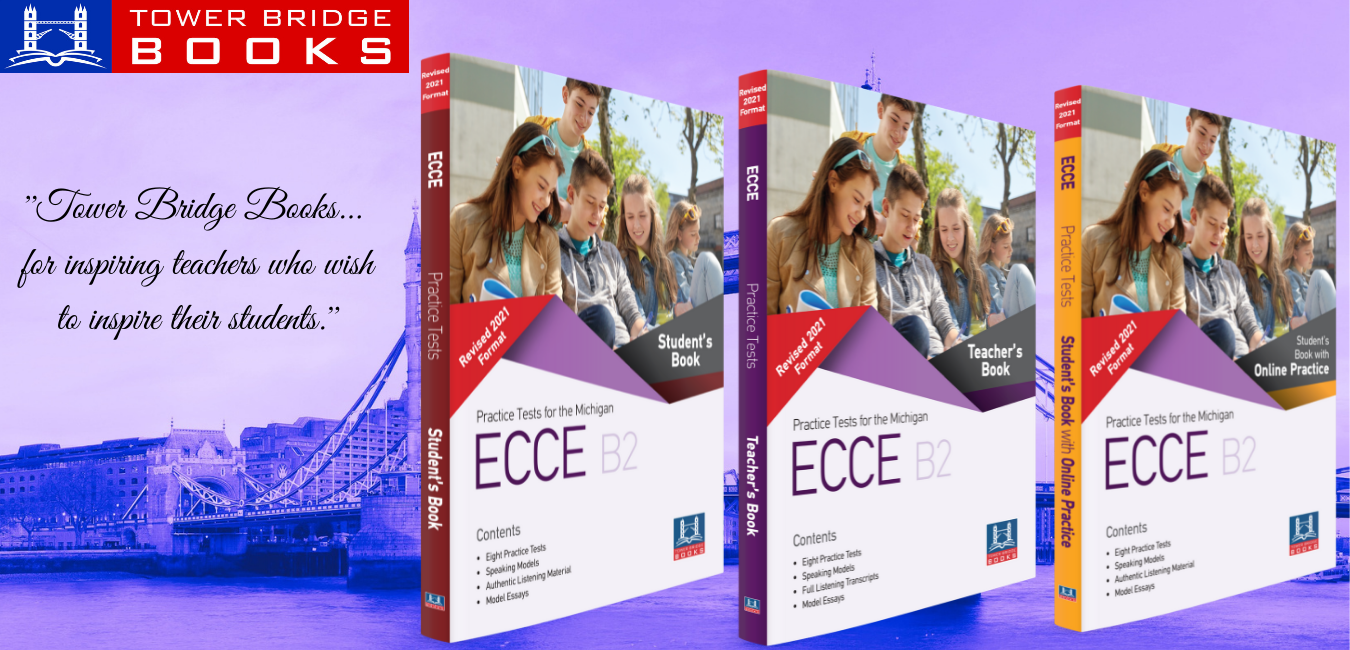Though we know that midprocess conferring with each writer is the most effective way to elevate student writing, we are faced with an unforgiving reality: We can’t get to every writer when they need us. There are too many students and not enough time (Kelly’s classes averaged 38 students). Because of this, we must help our students to provide meaningful feedback to one another. We have found the most effective way of doing this is to place our students into small writing groups.
Writing groups, however, are not to be confused with peer editing groups. We do not put students into groups to edit each other’s drafts. We have two issues with this practice. One, our students’ developing understanding of grammar and sentence structure is often not strong. They make incorrect edits on their peers’ drafts, or simply say, “It looks good to me,” and nothing is gained for either writer. And two, when students believe the mission of reading someone else’s draft is limited to finding mistakes, they develop a tunnel vision that doesn’t address the bigger issues of the piece. Too many students clean up their own rough drafts instead of diving deeper into the content of them. “Is my comma in the right place?” is not the same conversation as “What do you know about my brother after reading this scene?” We want students hungry to communicate well, not just edit. We seek to build a community where students work through questions and hesitations as they write together. Who cares if the piece is flawlessly edited if the essay is underdeveloped and lifeless?
While we have both created writing groups in our classrooms for years, we found engagement increased when we also connected our students across the country. Our students were energized when given the opportunity to interact meaningfully with students from other cultures and backgrounds. We placed them in groups of six—three students from Kelly’s classes grouped with three students from Penny’s classes. We not only asked the students to share their drafts within these small groups but required them to ask for targeted responses on Flipgrid from their group members.
What do we mean by targeted responses? We have all had students come up to us, plop their drafts down, and simply ask, “Can you help me?” This is an act of learned helplessness—an example of young writers ceding the decision-making process to the teacher. Students must move beyond this. We require them to ask others in their writing group for specific feedback on their drafts. To model what this looks like, we go first. For example, our Flipgrid requests were as follows:
Kelly: “Thanks for agreeing to take a look at my paper. There are two things I’d like you to look at. The first is the part when I yell ‘Stop!’ and the same moment my mom yells, ‘Stop!’ I don’t know—it feels kind of clunky and awkward in there. So, I am wondering if that part works for you as a reader. The other thing is that there are three different times in the piece where I say my dad and I locked eyes with one another. This was intentional repetition. I’m wondering if that resonated with you. Was it forced? Was it lame? Or did it work? Did you even notice it? So could you please take a look at that?”
Penny: “I am hoping you might answer one question. This piece is mostly about how much I loved spending time with my dad, and yet I feel like the whole first section is so dark that it doesn’t offer enough light after that—I mean, really, the thing with him coming to my tennis match does not paint him as very involved... and it’s not really until the bottom of page 2 and the start of page 3 where I start getting into what, to me, really matters. So, I feel like my balance is off. Can you just comment on what you think about that? Thanks.”
We modeled two different ways to ask for a response. Kelly’s was specific to two moments in his piece, while Penny’s was about how the scenes she’d chosen contributed to an understanding of her relationship with her father over time. Kelly and Penny responded to each other’s requests, and our students responded to our drafts as well. Then it was their turn.
Here is Alyssa asking her writing group for feedback:
“I need some advice about the ending. I feel as though I rushed it a bit. I spent a lot of time explaining the first part and the ending is kind of just like—Bam!—this happened and bye. So let me know what you think.”
From across the country, Noelia responded:
“The conclusion—I think—I’d love your conclusion if it only ended when you said that you were out like a light. Because when you said you were ‘appendix-less,’ I feel like we know that you are going into the surgery, but when you end with ‘I went out like a light’ it creates some suspense. So I think it would be better if you ended it like that... it can create the reader to say, ‘Wow, she’s getting the surgery.’ And it leaves us in suspense to ask what happened next.”
This is only one response that Alyssa received. Now imagine the value she got from other writers in her group. And this value was soon multiplied, as Alyssa then read five other students’ essays in her group and responded to each of their questions. She had to swim in the writing of other students, which exposed her to all kinds of writerly moves that may have ended up influencing her own draft. And all of this reading and responding comes with a bonus: Students learn that the writer should determine the focus of the response.
Outside of writing groups, we reinforce this. No draft is accepted by the teacher unless the writer has asked a question that provides the teacher with a lens to read the draft. A student might ask, “Do my transitions work?” or “Do I have enough evidence to support this position?”
We would also like to note that the value of peer response extends beyond midprocess response. We had students respond to one another in the prewriting stage as well. Christian was having trouble deciding how to focus his research, so he posted a pitch on the class Flipgrid page and asked for responses.
“My research topic is on the Queen Mary—the boat in California. My main topic is if the haunting stories are real. And then I just have my subtopics. I have a few that just kick off with the main one. So I have, When and where did the ship come from? The whole history of the ship being haunted, what was its main purpose and use when it was originally built? Why was it made into a hotel? And then I have some other subtopics—like I want to do research on Ouija boards. I just want to know everything about them, really... everything we can know. I want to do research on who made the Top Ten Most Haunted Places ever. I want to know how they decide that. Because they just say it and they don’t really explain, like they give a description of all the things that were haunted there. They don’t say why this one is this, or they don’t say why it is more haunted than other ones. I want to figure out why it is like that. And that’s really it for now. I’m hoping you guys can give me some ideas that are better than the ones I have. Thank you.”
Christian’s thinking, like that of many students early in the writing process, is all over the place. Should he write about the Queen Mary? The ten most haunted places ever? Ouija boards? We want to help each one of these students, but a teacher’s time is limited. When students ask other students for ideas, it can help them get started. Joseph posted a reply.
“In regards to your search optic [sic] on the Queen Mary, and whether or not it is haunted, I actually have a friend who went there this past weekend and she told me about how she heard clanking of pipes in the distance. That could just be sound effects. She also saw that when she took a picture, the face of a ghost showed up. And so, nowadays with technology, it raises the question on whether or not the Queen Mary does this for the tourists and for the money, or whether or not it is actually real. So you can do more research on that to find out if it is actually legitimate or not.”
Joseph’s response ignored much of Christian’s musings and zeroed in on one element: Is the haunting actually real? Christian started researching that and came to Penny’s office having been up all night following this thread. He was intrigued and fascinated. He angled all of his research in this direction.
Writing groups do more than give students feedback on their work. They create community.
Excerpt from 4 Essential Studies: Beliefs and Practices to Reclaim Student Agency by Penny Kittle and Kelly Gallagher. Copyright (c) 2022 by Penny Kittle and James Kelly Gallagher. Published by Heinemann, Portsmouth, NH. Reprinted by permission of the Publisher. All rights reserved.
By Penny Kittle, Kelly Gallagher








